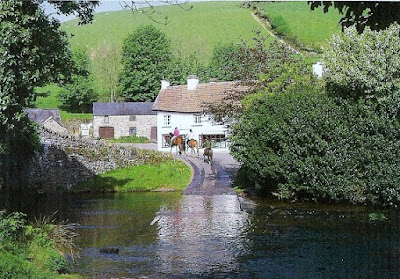The archipelago of the Scilly Isles, 28 miles west of Land's End, numbers around 150 islands, but only five are inhabited by people; many others are home to colonies of seals and seabirds. These share a mild yet windbeaten climate, lovely white beaches, clean, yet chilly seas, much birdlife and a profusion of flowers, both wild and commercially grown daffodils and narcissi. Otherwise, they are distinctively individual.
Porthcressa Bay, St. Mary's, Isles of Scilly
Most people live on St. Mary's at up to 3 miles wide the largest island. Passenger launches depart for the other island from the little capital, Hugh Town. Star Castle was built in Tudor times against the Spanish and can be explored. Paths allow to follow the bays and headlands of the beautiful coastline - Peninnis Head is the most dramatic feature - and to search out the many prehistoric burial chambers in the interior.








